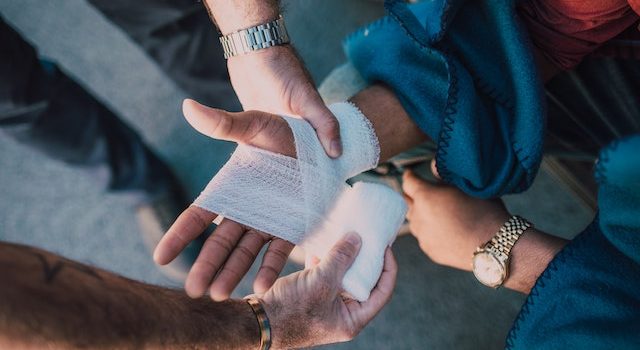
Introduction: For athletes of all levels, sports injuries can be a major setback, affecting performance, well-being, and long-term athletic goals. However, by understanding and implementing effective injury prevention strategies, athletes can significantly reduce the risk of getting injured. This article aims to provide essential knowledge and guidelines that every athlete should be aware of to prevent sports injuries and maintain a healthy, active lifestyle.
- Build a Strong Foundation: Developing a strong foundation of fitness is crucial for injury prevention. Focus on building overall strength, endurance, flexibility, and stability. Incorporate a well-rounded training program that includes strength training, cardiovascular exercises, and flexibility training. A balanced fitness regimen helps prepare your body for the demands of your sport and reduces the risk of muscle imbalances and compensations that can lead to injuries.
- Prioritize Proper Technique: Mastering proper technique is essential for injury prevention. Seek guidance from qualified coaches, trainers, or sports professionals who can provide expert instruction on the correct form and technique specific to your sport. Pay attention to proper body mechanics, posture, and movement patterns. Regular practice and reinforcement of proper technique minimize the risk of overloading specific joints or muscles, reducing the likelihood of injuries.
- Gradually Increase Intensity and Volume: Avoid sudden increases in training intensity or volume, as they can overwhelm your body and increase the risk of overuse injuries. Gradually progress your training by gradually increasing the duration, frequency, or intensity of your workouts. Allow your body sufficient time to adapt and recover between training sessions. Incorporate rest days and active recovery techniques to optimize recovery and prevent excessive fatigue.
- Warm Up and Cool Down: Always begin your training or competition with a comprehensive warm-up routine. A proper warm-up prepares your body for the physical demands of your sport, increases blood flow to muscles, and enhances flexibility. Include dynamic movements that mimic your sport-specific actions and gentle stretching exercises. Similarly, cool down after physical activity with light aerobic exercises and static stretches to aid in recovery and reduce muscle soreness.
- Cross-Train and Vary Your Workouts: Engage in cross-training activities that complement your main sport. Cross-training helps prevent overuse injuries by allowing for the development of different muscle groups and reducing repetitive strain. Incorporate activities such as swimming, cycling, or yoga to enhance overall fitness, improve muscular balance, and reduce the risk of overloading specific areas of the body.
- Listen to Your Body: Pay attention to any pain, discomfort, or unusual sensations during training or competition. Pushing through pain or ignoring warning signs can lead to more severe injuries. If you experience persistent pain, swelling, decreased range of motion, or any concerning symptoms, seek medical attention promptly. Rest, proper treatment, and rehabilitation are essential for recovery and preventing further damage.
- Wear Protective Gear: Properly fitting and appropriate protective gear is essential for injury prevention in many sports. This may include helmets, mouthguards, goggles, pads, or braces. Use equipment that conforms to safety standards and replace any damaged or worn-out gear promptly. Protective gear provides vital support, cushioning, and impact absorption, reducing the risk of head injuries, fractures, or joint sprains.
- Maintain Proper Nutrition and Hydration: A well-balanced diet and proper hydration are essential for optimizing athletic performance and injury prevention. Consume a variety of nutrient-rich foods to support muscle function, tissue repair, and overall energy levels. Stay hydrated before, during, and after physical activity, as dehydration can impair performance and increase the risk of muscle cramps and fatigue.
Conclusion: Preventing sports injuries requires a proactive and holistic approach that includes building a strong foundation of fitness, focusing on proper technique, gradual progression, warm-up and cool-down routines, cross-training, and listening to your body’s signals. By implementing these strategies and making injury prevention a priority, athletes can minimize the risk of injuries and enjoy long and successful sporting careers. Remember, prevention is key to maintaining optimal performance and overall well-being.










